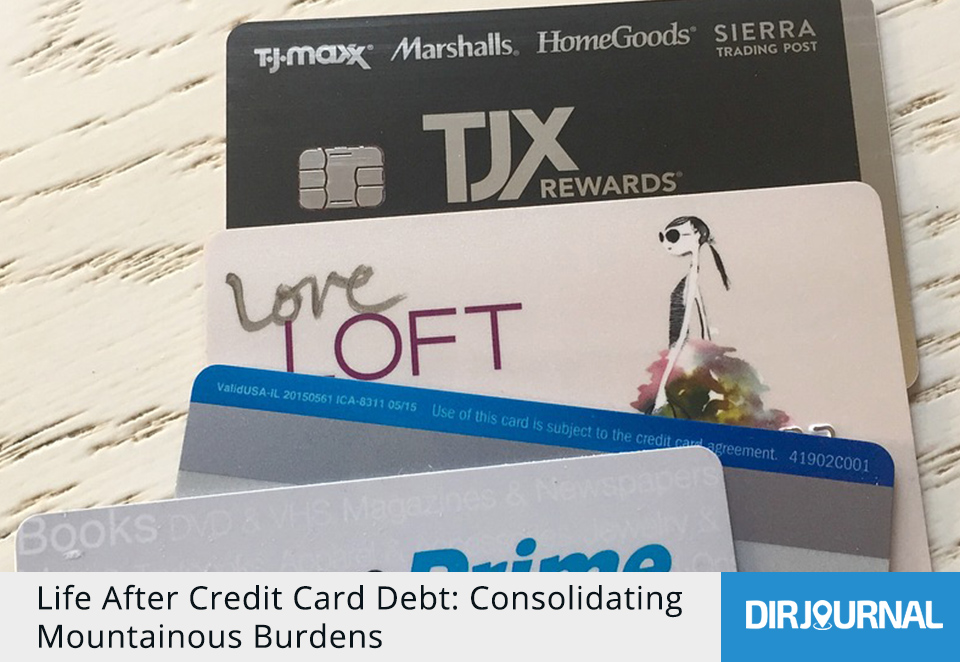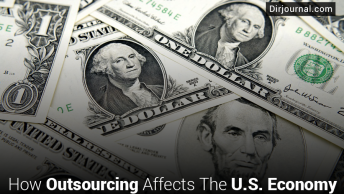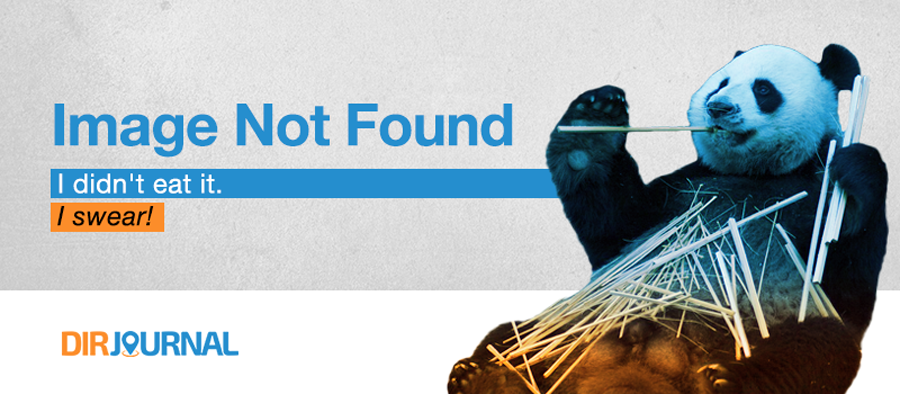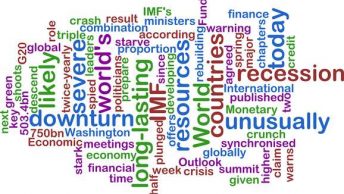You Can Get Out Of The Hole
Nobody’s perfect, and oftentimes those who obtain a credit card may misconstrue its use. A financial hole is dug, and dug deep, before the person digging it even realizes what they’ve done. American culture encourages this in a kind of subconscious way. People are pushed in many ways to spend extremely.
Additionally, there is some misconception about credit cards in today’s society. People see them as a kind of secondary money. They’ll get approved for a credit card, then start spending beyond their means. When the debt comes, they take out a secondary credit card, and attempt to pay off the debts of the first with the second.
This can be done for several months to a year before “the other shoe drops”, as it were. Eventually, there comes a point when an additional credit card can no longer be obtained, and there the debt stands, with interest. Because as it has been deferred, additional expenses have been made, and so it has grown.
As it has grown, interest has grown with it; and it’s very likely that by the time the “other shoe drops”, the individual who has dug themselves a hole has declined in their credit score, and so the appended interest rate is quite huge. It then becomes impossible to pay this burden off immediately, and will instead require time.
According to Consolidated.Credit, debt consolidation for payday loans and credit cards is something attainable, and you shouldn’t let yourself be overcome with such debts; as the site says: “It can be easy to find yourself in way too much credit card debt.” The key is getting it all in one place, and chipping away at it gradually.
Looking At The Situation More Closely
It’s possible to do away with credit card debt swiftly, but it’s more likely to take a long time, because if you had the assets to pay it off immediately, why, you would have done so! The important thing is to not get overwhelmed. Sometimes you’ve got to take these things a step at a time, and be careful not to dig yourself in further.
To that end, consolidation is a very important step. You want to get everything in one place so that you can get a good look at it, determine where to start, and then start. You’ll want to apportion a certain part of your paycheck to be levied against the debt. As your income rises, increase this portion.
If you’ve got debt that increases through interest at a factor of $100 a month, then you must pay at least $200 a month in order to make any dent in it. Look at it this way: a $10,000 debt increasing at $100 a month will be $11,200 by the end of the year. However, if you quit spending outside your limit, you can cut this down.
If interest is adding $100 a month, and you’re paying $100, then by the end of the year you’ll have paid in $2,400 and the debt will have decreased to $8,800. At such a rate, within seven years and four months you’ll have the debt paid off. Though you should keep in mind, $100 a month on $10,000 is only 1% interest.
The reality is, interest rates are likely to be much higher, and you’re probably going to have to pay in more in order to chip down the debt. This scenario has only been designed to give you some idea of what the problem looks like, and what can be done to fix it. The key to remember is: your financial woes can be fixed!













